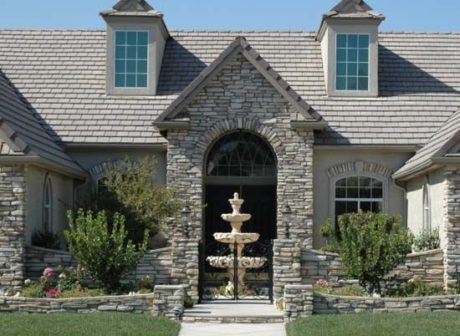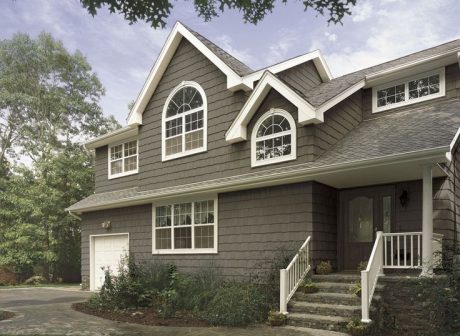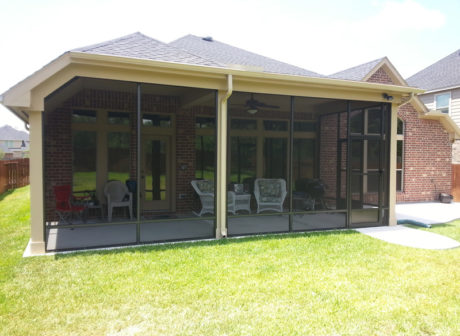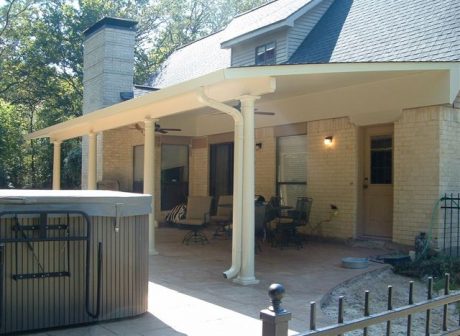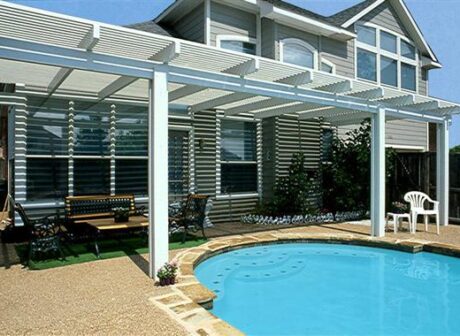Replacement Windows Houston: Why You Need To Know About NFRC – Approved Products
And just why you ought to look for these products for your next home improvement project.
Based on statistics released by the EPA, about 25% of heating and cooling costs in US residences is from air leakage caused by the faulty installation of windows, skylights, glazed doors, and similar fixtures. Often known as fenestration, most of these furnishings can tremendously change the way your property uses electricity.
What is the NFRC?
Before the National Fenestration Rating Council (NFRC) was formed, there was no way for homeowners and contractors to properly compare fenestration products to one another. Because no one provided standard testing for energy efficient materials, one product’s claim was just as good as all the others’.
The need for a regulating organization increased as more brands started producing energy-efficient products.
Thus, the NFRC was established in the 1970’s to supply guidelines for accurate energy performance evaluations for windows and doors, in conjunction with other accessories. The standards specified by the NFRC have become the standard upon which all fenestration is graded.
Make sure that your windows replacement Houston service provider makes use of NFRC-certified materials. In doing so, you can be sure that any product claims about energy efficiency hold true.
The NFRC Energy Rating Label
The NFRC Energy Label enables homeowners and replacement windows Houston companies to see just how useful a fenestration material is when it comes to energy efficiency. NFRC Energy labels also allow you to promptly evaluate fittings without having to run every product through tests. In addition, while there are a wide variety of evaluation methods utilized by other third party firms, the standards set by the NFRC are probably the most stringent in the industry.
Replacement Windows Houston Texas: Make The Most Of NFRC Labels
Taking a look at the NFRC (National Fenestration Rating Council) label can tell you a good deal regarding how efficiently a product could help you save energy. Therefore, you will need to have an understanding of what is in an NFRC label and in what way you can make the most out of it:
An NFRC label may possibly look intimidating. However, it is not difficult to figure out. The label is divided into 3 basic elements: the factors, the rating, and product description.
The energy rating factors are the four factors that directly affect the energy efficiency of a fenestration product, while the ratings show how good a substance measures up to NFRC standards. The product description is simply the name of the product which the label describes.
The 4 NFRC Label Energy Rating Factors
As we have previously discussed the various components of an NFRC label, we now focus on the 4 energy rating factors found in an NFRC label.
|
FACTOR |
DEFINITION |
| U Factor | Essentially, the U Factor is the measure of the amount of heat that can be transferred should there be a temperature difference between the two sides of the product. The lower the U-Factor, the better the material is. |
| Solar Heat Gain Coefficient | Generally known as the SHGC, it is simply the measure of the level of heat from the sun which can move through a material. |
| Visible Light Transmittance | The measure of the amount of visible light that can pass through a product. |
| Air Leakage | Describes the ability of a product to hold up against air infiltration |
Find a replacement windows Houston contractor who understands your need for energy efficient home fixtures. For assistance on NFRC approved materials, pricing, and on-site assessment, call ATX Home Improvement Services at (281) 358-2553 and discover the way to a better, more comfortable home.
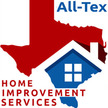
We recently bought our house and it needed a lot of exterior work. All-Tex helped us above and beyond our expectations. Our new roof, pergola, fascia and soffit look fantastic and are built to last. Every time I pull into our driveway I am so proud to have a beautiful home! I can not begin to tell you what an amazing and pain free process the designer and crew made this project. Aleck, our designer knew exactly what we needed to do when we didn’t know where to start and we are so thankful for his utmost honesty, respect and patience. Thank you so much for everything!!
We had the house exterior re-painted and got a new roof. The job was beautifully done. It was on time, and the workers were friendly. My only, very minor, whine is that it has seemed difficult to schedule some small touch-ups.
We were extremely pleased with the repair work done on our termite damaged home that required walls, studs, insulation, & painting performed inside & outside of our home. We also had all the siding replaced & painted & 2 doors replaced & painted. The same workers were present every day until the work was completed. The attention to detail & the clean up afterwards was as if they were working on their own home. We always received a prompt reply with our emails & someone always answered the phone when we called the office & no voice mails. The customer service was excellent & the skill of the workers was exceptional. We will certainly use this company again for future needs.
Used All-Tex to replace some siding on our home. Scope included demo of old siding, repair insulation, install vapor barrier, replace old single pane windows with double pane, install new hardi-plank and paint. Very competitive pricing. Installed hardi-plank “butt-trim” method and did not have to debate that this was the way to install hardi-plank or pay more for it. They were also reasonable on scope changes once project was underway (e.g. water damage repair). I’m definitely including them routinely on bid list for future scopes.
I recently had my first experience with All-Tex. I hired them to enclose a small patio on the back side of my home. Overall, it was a very positive experience. I was a little fuzzy about the details of the project. I had a few specifications; but, needed some help with the details. The sales rep provided good suggestions and helped with the details. The quote was not cheap; but, was reasonable for quality work. The construction team had to deal with some weather issues; so, scheduling was a little challenging. In spite of that, the project was completed in a very satisfactory amount of time. The construction team had all the skills required to complete the job from start to finish. All-Tex even handled the electrical work we needed. We really like the new sunroom and have plans to use All-Tex again in the future. Based on our experience we highly recommend them.
All-Tex Home Improvement Services constructed a screen room with stamped overlay to our existing patio. The finished product more than met our expectations! The installation crews were efficient, thorough and courteous. It was a pleasure to work with All-Tex personnel from initial sales call to completion. I would not hesitate to choose All-Tex for future home improvement needs.
All-Tex did an excellent job on a large project, which consisted of a patio cover, stamped concrete, pergola and new windows. All construction projects have challenges and changes weather delays etc. etc. During this process I emailed or phoned Aleck Miller over 40 times. His quick responses and followup where like clockwork and is the mark of a true professional. As we are fairly new to the area we did obtain multiple bids and the All-Tex bids were also the best for comparable work. On our next project we will save a lot of time because I will be only be calling Aleck.
We had a pergola built by All-Tex. They were professional, reasonable, courteous and did a fantastic job! We absolutely would recommend their services to others.
We love our new patio installed by All-Tex Exteriors. The crew worked very hard to get the job done on time, even in rainy weather. Once it was done, they immediately came back to address a few touch up items I requested. I would definitely recommend this company to my friends and family and would use them again.
I would have to say that I am most impressed with the customer service that All-Tex provides. I have always dreaded calling companies and asking questions because the employees seem to get “irritated”. To my surprise every one in the office has always been so friendly and helpful, I would definitely recommend AllTex…
All-Tex Home Improvement did a great job installing our new patio cover. We had an existing patio cover and wanted to make the patio larger with a new cover yet have it look like it was one cover done at the same time. All-Tex was able to make the existing cover look like the new one that they installed for us! It looks great!
All-Tex just completed a project for us, replacing posts and railings on our wrap-around porch and they did a great job. Quality work at a fair price. Russell was fun to work with and made the process painless. The crew was friendly and professional. We are pleased with the results!


